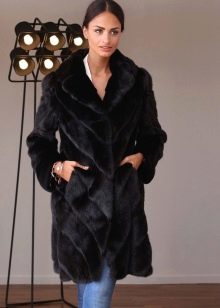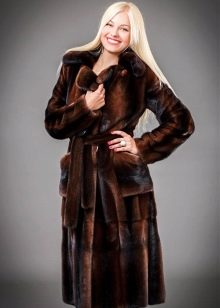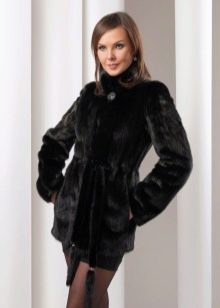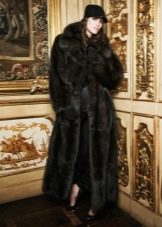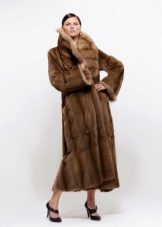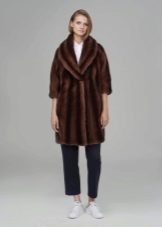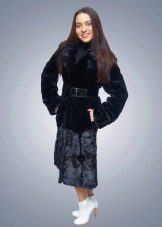Wild mink coat
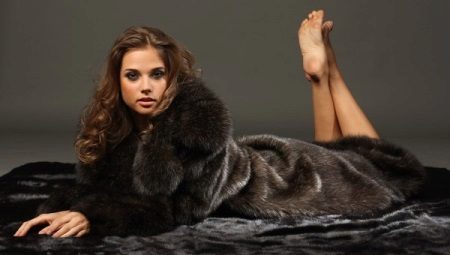
Mink fur is beautiful, warm, waterproof, shiny, with a smooth pile of brown, chestnut and brown color variations. With proper dressing, proper care and careful storage, a mink coat can last at least twenty years.
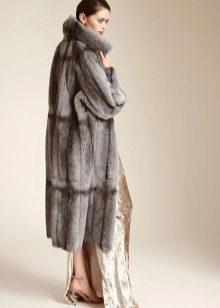
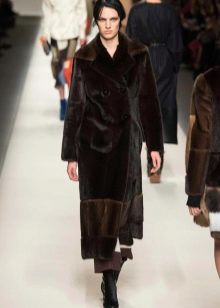
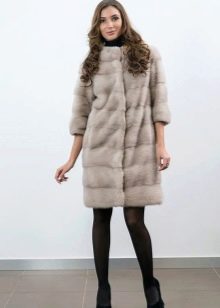
Mink for the manufacture of fur coats is grown all over the world, but primarily in Russia, the USA, Canada, China, Poland, Holland, the Baltic States and the Scandinavian countries.

On the zoological farms of these countries, as a rule, the same biological species is bred - the American mink. Animals differ slightly from each other, only depending on the selection variety of a particular fur farm. It got its name from what was originally found in the forests of North America.
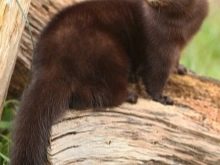
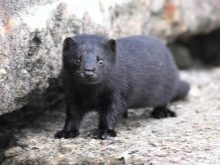
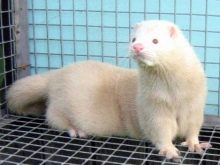
In the wild, a wild commercial mink can be found very rarely, no more than one hundred thousand skins of this animal are harvested per year. The forest species is much smaller than the farm species, the body length of a wild animal does not exceed 35 centimeters, while the length of their breeding "aviary" counterparts starts from half a meter.
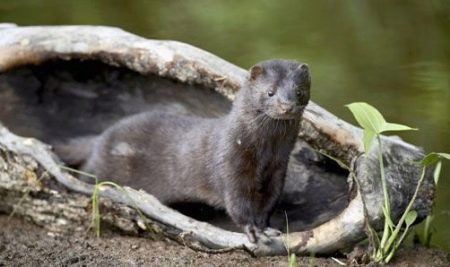
The fur of a mink living in natural conditions on the banks of rivers and lakes and feeding on frogs, fish and crayfish is extremely unstable in quality: unlike the fur of a farm mink, it is not too fluffy, thick and shiny, it has a rather high pile, in some places it has wild fur has a long awn, while in others it is almost the same as the underfur.
The color of such fur is only gray-brownish, and not a very even underfur, as a rule, much lighter than the guard hairs.
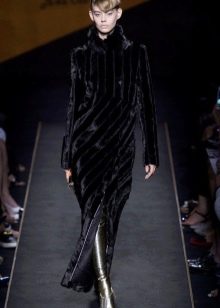

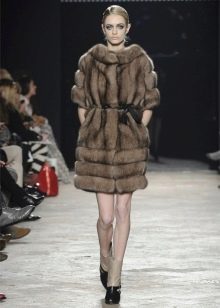

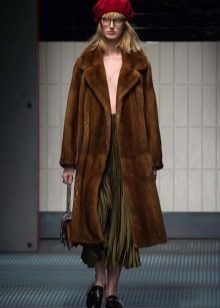
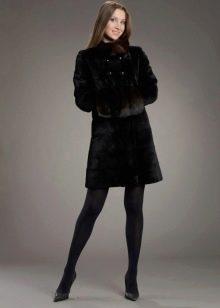
The skins of wild animals often have all kinds of defects due to damage caused by life in the wild and the bites of all kinds of parasites, which makes them unsuitable for creating products, and due to numerous defects such fur is not particularly appreciated.
Products made from wild mink are practically supplanted in the market, as their production is not very profitable.Although these skins are much cheaper, they are significantly smaller in size, due to this, their consumption is greatly increased.
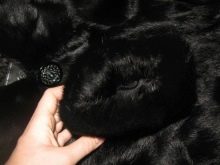


It will take incredible efforts to sew at least one wild mink coat, and you may even have to break the law, since in many countries this animal is listed in the Red Book.
Sometimes poachers catch animals, but the fur is only allowed to make collars. On an industrial scale, wild mink is caught, harvested and sold only in Canada.
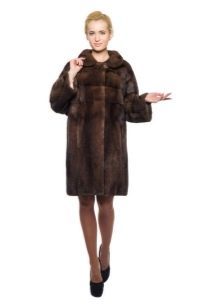
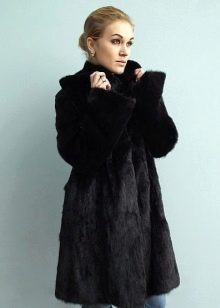

Thus, if a mink coat is suspiciously cheap, it is either a Chinese unmanufactured and illegal product, or it is made from low-quality or poorly dressed skins, or the sellers are simply trying to sell the buyer under the guise of wild mink a product made of completely different fur, for example, a dyed ferret, hanorica or a groundhog.
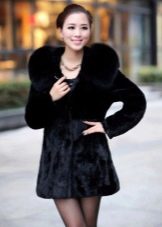
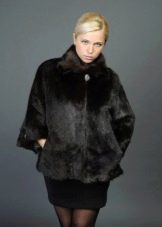
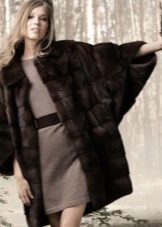
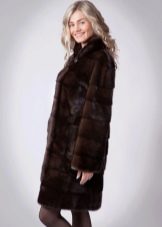
It can be easily distinguished by its sharper and coarser coat, such fur rustles a little to the touch, and the undercoat is thinner than mink.
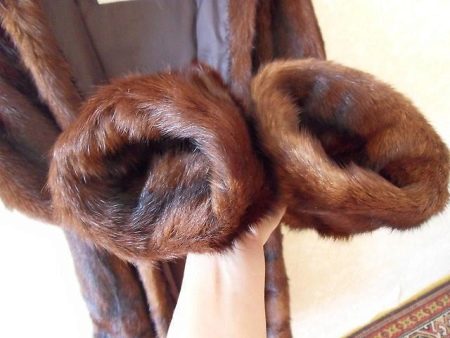
Sometimes trade workers are cunning, calling the common marmot "wild field (steppe) mink".
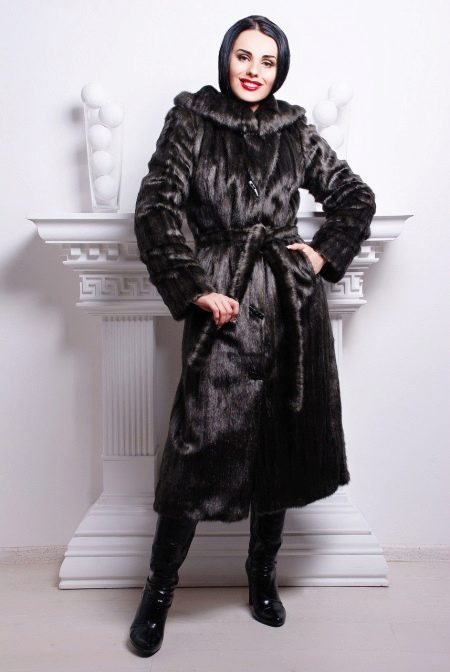
Sometimes, under the guise of a wild mink, fur coats are sold, made from the fur of a young nutria that died at the age of three months. In order to avoid losses, Chinese entrepreneurs who are not clean on their hands use their skins in production.
Such fur coats are characterized by a low guard pile, and the fur does not feel completely natural, rather artificial.
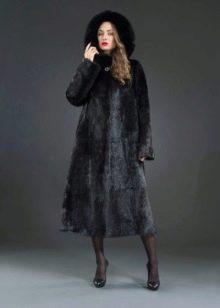
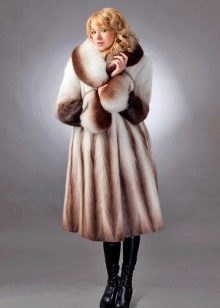
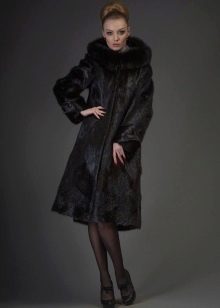
For a fur coat made of wild plucked mink, unscrupulous sellers can give out an ordinary rabbit, however, it is elementary to distinguish it, just by touching it.
Sewing fur coats from wild fur in the modern world of fashion has become unprofitable, it has become almost impossible to meet and buy a real product from wild mink even for a very high price.
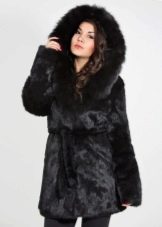
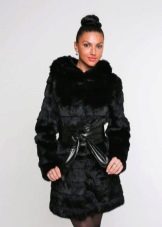
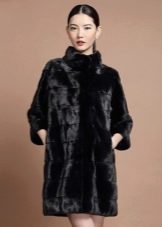
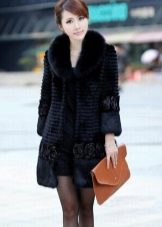
But if you are still lucky enough to find real high-quality wild mink fur coats on sale, we advise you to opt for chic elongated classic models that will perfectly reveal the beauty and luxury of fur, emphasize the status of their owners, will never go out of fashion and will serve by faith and true for many years.
